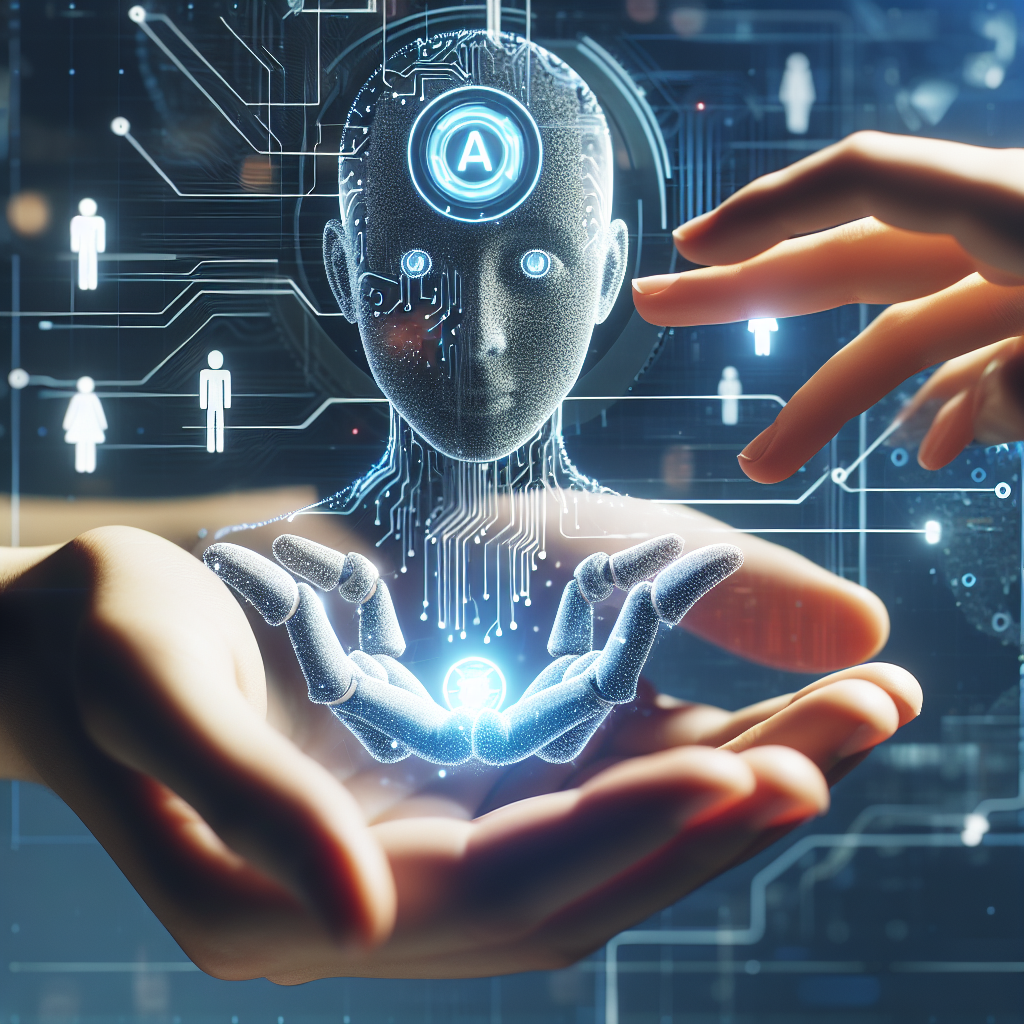The Future of Giving: How AI is Changing Philanthropy
In recent years, the landscape of philanthropy has been undergoing a transformation with the rise of artificial intelligence (AI) technology. AI is revolutionizing the way individuals and organizations give back to society, making it easier, more efficient, and more impactful than ever before. From predictive analytics to chatbots, AI is changing the face of philanthropy and shaping the future of giving.
One of the key ways in which AI is changing philanthropy is through predictive analytics. By analyzing vast amounts of data, AI can help identify trends and patterns that can inform more strategic and targeted giving. For example, AI can analyze data on demographics, socio-economic status, and other factors to predict which communities are most in need of assistance. This allows philanthropists to allocate resources more effectively and have a greater impact on those in need.
Additionally, AI can help streamline the process of giving by automating tasks such as donation processing and donor communications. Chatbots, for example, can provide instant responses to donor inquiries and feedback, making the giving process more efficient and user-friendly. AI can also personalize the giving experience by tailoring recommendations and suggestions based on a donor’s interests and giving history.
Furthermore, AI can help philanthropists measure the impact of their donations more accurately and in real-time. By tracking and analyzing data on the outcomes of their giving, philanthropists can see where their money is making the most difference and make informed decisions about where to allocate future resources. This level of transparency and accountability can help build trust with donors and ensure that their contributions are being used effectively.
AI is also changing the way non-profit organizations operate, allowing them to be more efficient and effective in their mission. For example, AI can help organizations streamline their operations by automating repetitive tasks, such as data entry and reporting. This allows non-profits to focus more on their core mission and spend less time on administrative tasks.
Additionally, AI can help non-profits better understand and engage with their donors. By analyzing data on donor behavior and preferences, AI can help organizations tailor their fundraising campaigns and outreach efforts to better connect with donors and inspire them to give. This personalized approach can help non-profits build stronger relationships with donors and increase their fundraising success.
Overall, AI is revolutionizing philanthropy by making giving more efficient, targeted, and impactful. By harnessing the power of AI technology, philanthropists and non-profit organizations can make a greater difference in the world and drive positive change in society.
FAQs:
Q: How is AI being used in philanthropy?
A: AI is being used in philanthropy in a variety of ways, including predictive analytics, automation of tasks, personalized recommendations, and impact measurement. These applications of AI help philanthropists and non-profit organizations make more informed decisions, streamline their operations, and engage with donors more effectively.
Q: What are the benefits of using AI in philanthropy?
A: The benefits of using AI in philanthropy include increased efficiency, targeted giving, personalized donor engagement, and improved impact measurement. AI can help philanthropists and non-profits make a greater impact on those in need and drive positive change in society.
Q: Are there any drawbacks to using AI in philanthropy?
A: While AI has many benefits in philanthropy, there are also potential drawbacks to consider. These may include concerns about data privacy and security, bias in algorithms, and the potential displacement of human workers. It is important for philanthropists and non-profits to be aware of these challenges and address them proactively.
Q: How can individuals get involved in AI-driven philanthropy?
A: Individuals can get involved in AI-driven philanthropy by supporting organizations that are using AI technology to make a positive impact in the world. They can also educate themselves about AI and its potential applications in philanthropy, and advocate for ethical and responsible use of AI in the sector. By staying informed and engaged, individuals can help shape the future of giving.

